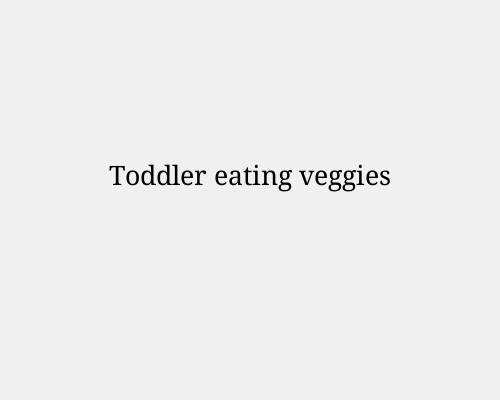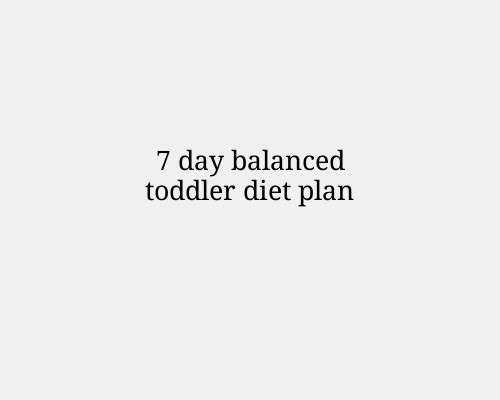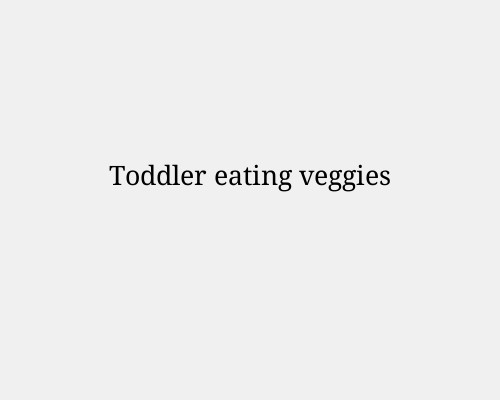
Getting kids to eat vegetables is a bit like trying to get a cat to enjoy a bath — possible, but it takes strategy, patience, and maybe a touch of trickery.
Here’s a practical mix of tips that usually works:
Lead by example
Kids are more likely to eat veggies if they see you enjoying them. If you act like broccoli is a treat, they might start believing it.
Start small and familiar
Offer tiny portions — even just one pea or carrot slice. Small steps feel less intimidating.
Make them part of the process
Let kids pick vegetables at the store or help wash, chop (with kid-safe tools), and stir them. Ownership boosts willingness to try.
Get creative with presentation
Make smiley faces or rainbow plates.
Serve with fun dips like hummus, tzatziki, or yogurt-based dressings.
Cut into fun shapes with cookie cutters.
Sneak them into favourites
Add finely chopped carrots, spinach, or zucchini into pasta sauce.
Blend butternut squash or cauliflower into mac & cheese sauce.
Use grated veggies in muffins or pancakes.
Pair with something they love
Mix veggies into foods they already like (cheese toasties with tomato, tacos with hidden peppers, stir-fry with sweet teriyaki sauce).
Offer variety, no pressure
Research shows repeated exposure without forcing works best — it can take 10–15 tries before a child accepts a new veggie.
Make it a game
“Eat the rainbow” challenge — try a veggie of every colour in a week.
Give silly names (“superpower carrots,” “dinosaur trees” for broccoli).
Serve them when they’re most hungry
Put veggies out as a starter or snack before the main meal when hunger levels are high.
Stay calm and consistent
Avoid battles at the table — pressure and bribery can backfire. Just keep offering them regularly.




